Aromatic and pungent, ginger adds a special flavor to Asian stir-fries as well as many fruit and vegetable dishes.
Ginger is the root of the ginger plant, which grows underground and has a hard, grooved texture. The inside of the root can be yellow, white or red, according to its variety. It is covered with a brown skin which, depending on whether it is picked ripe or not, can be thick or thin.
The scientific name of ginger is Zingiber officinale and is believed to be derived from its Sanskrit name singabera meaning horn-shaped corresponding to root appearance.
Ginger originates from Southeast Asia, whose kitchens still use this spice extensively. It is mentioned in the writings of ancient China, the Indians and the countries of the Middle East. After the Romans brought ginger from China more than 2, 000 years ago, its popularity was concentrated in the Mediterranean region, but during the Middle Ages it became known and revered in other parts of Europe.
Nowadays, the most commercial ginger producers include Jamaica, India, Indonesia and Australia.
Composition of ginger
There are about 3% essential oils in ginger, to which it owes its exotic aroma. Its aromatic oils contain various phytochemicals, with the highest amount of zingiberene, followed by farnesene and bisabolene. There are many useful substances in ginger - magnesium, potassium, calcium, phosphorus, iron, sodium and proteins.

Selection and storage of ginger
- Whenever possible, choose fresh ginger - not only because it has a more noticeable flavor than dried, but also because of the higher levels of gingerol it contains.
- Fresh ginger should be stored in the refrigerator in a paper towel. It will keep like this for about three weeks.
- Dried ginger is stored in a glass container with a lid in a dry, cool and dark place. You can also leave it in the refrigerator, where it will retain its aroma for up to a year.
Ginger in cooking
Ginger has a strong sweet aroma and at the same time a rather spicy taste. Its fiery taste is due to the substance zingiberene it contains. The root of the plant is used as a spice. In each country, it is prepared in a different way - boiled, stewed, baked, fried, marinated, dried or fresh.
Fresh ginger has a strong burning taste and at the same time a pleasant lemon scent. In this form, it is most popular in Asia. There, fresh ginger is grated or sliced, then soaked in water for several hours. It is added to the dish shortly before serving. You should not subject fresh ginger to heat treatment, because you will further increase its spicy taste.
In India and Sri Lanka, ginger is fried and used in sauces for meat and vegetable dishes. Chopped ginger is fried with garlic or onion, because its aroma is softened, and at the same time it unfolds even better.
In Thai cuisine, grinded but fresh ginger is added to curry combined with coconut milk. In Indonesia, they often use pastes based on ginger and fresh hot peppers to spread the meat before baking. As strange as it may sound to you, in the hot climates of the Himalayas and Indonesia, fresh ginger slice tea is very commonly drunk.
In Chinese cuisine, ginger is either fried or boiled. In dishes that require longer cooking (such as soups) ginger is cut into large slices to release its aroma gradually. Finely chopped/grated ginger is added to quick stir-fry in a wok pan.
In Chinese cuisine, another way to process ginger is candied. Its peel is peeled, soaked in cool water, then boiled in a very thick sugar syrup.
In the USA and England, they brew beer from ginger extract, and in some parts of Asia they make jam, candies and marmalades. It is also used to flavor compotes - especially pears. It is often added to cakes and cookies. The special German Christmas sweets also feature the spice. The roots are used to make liqueurs and syrups. Ginger syrup and candies are great for adding to ice creams and even fruit salads.
Benefits of ginger

- Relieves gastrointestinal pain. Ginger is able to reduce any symptoms associated with motion sickness (e.g. seasickness) such as dizziness, heaving and breaking out in a cold sweat.
- It has anti-inflammatory effects. Ginger contains very potent anti-inflammatory compounds called gingerols, which explains why many people suffering from osteoarthritis and rheumatoid arthritis experience relief after consuming ginger.
- Protects us from colorectal cancer. Gingerols, the main active components of ginger, which is also responsible for its distinct taste, are able to limit the growth of colorectal cancer cells. This property of gingerols became clear after studies conducted on mice.
- Ginger induces cell death in ovarian cancer cells. Laboratory studies have shown that gingerols, the active phytonutrients in ginger, kill cancer cells by inducing apoptosis (programmed death) and autophagocytosis (assimilation).
In addition, ginger extract has antioxidant, anti-inflammatory and anti-tumor effects on cells.
- It improves the reaction of our immune system. Ginger can not only be warming on a cold day, but it can also help induce a healing sweat, which is often helpful during colds and flu. German scientists have found that sweating provides a form of protection against certain microorganisms, including E.coli, Staphylococcus aureus (a common skin inflammation) and Candida albicans.
- The phenolic compounds contained in ginger account for its valuable action against gastrointestinal irritations, while helping to increase the production of saliva and bile.
- It is believed that ginger is even able to fight stubborn cellulite. A scrub made from ginger improves blood circulation and helps to significantly warm the skin. Removes puffiness and gradually smooths out unevenness. The scrub is very easy to prepare - 1 spoonful of grated ginger is mixed with fresh ginger juice. Sea salt is added to them, just enough to get the consistency of a scrub. With careful movements, the mixture is applied to problem areas and gently rubbed.
- Ginger has the property of slowing down aging and protecting the brain. This is due to the high content of antioxidants in the beneficial root. It improves recovery processes in the body and actively fights toxins and free radicals. Protects against cell death in the brain, which is believed to be the main cause of the development of Parkinson's and Alzheimer's. It helps to improve memory and cognitive functions.
Honey and ginger
One of the most magical combinations unites two of the most useful products - honey and ginger. Mixing them together gives one of the most powerful immune boosters proven to keep the flu at bay.
To prepare the healing elixir, you need 300 g of fresh ginger root, 400 g of honey and 2 lemons. The ginger is peeled and cut into large pieces, the lemon is thoroughly washed with warm water and also cut. Blend and remove the seeds and coarse threads from the ginger. They are then poured into a jar along with honey and stirred to mix well. The mixture is stored in the refrigerator. Consume 1-2 teaspoons 3 times a day.
The mixture is such a powerful immune booster for several reasons. First of all, lemons are extremely rich in vitamin C, while at the same time they have an excellent antiseptic effect. Ginger is rich in many valuable substances and vitamins, improves digestion and in combination with honey is a real balm for the body.
Harms from ginger
Manifestations of allergic reactions to ginger are possible. In rare cases, mood changes have been reported in people who have consumed the herb. Ginger is contraindicated for pregnant women, nursing mothers and small children. Its consumption is also not desirable for people suffering from cardiovascular problems, gallstones, brain tumors or other diseases in the area of brain tissues.
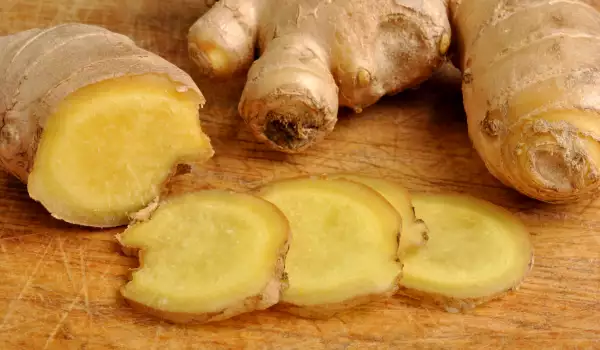
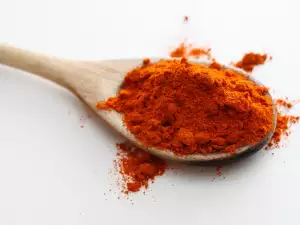

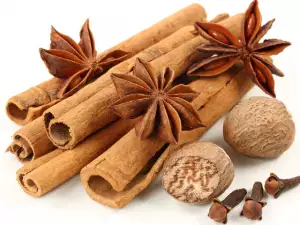
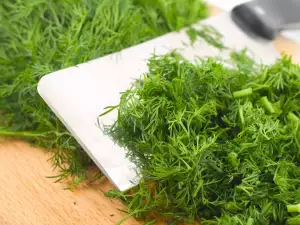
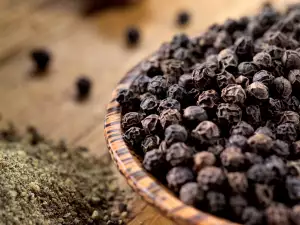

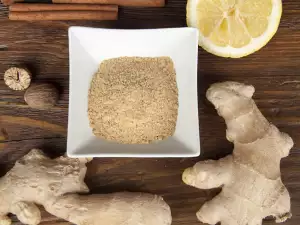
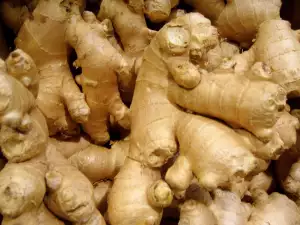

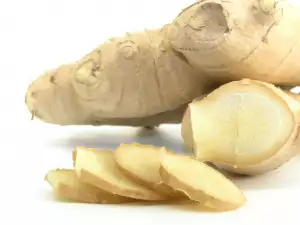
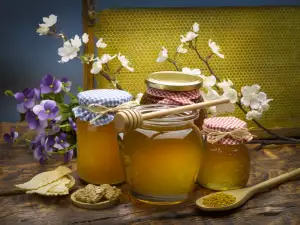
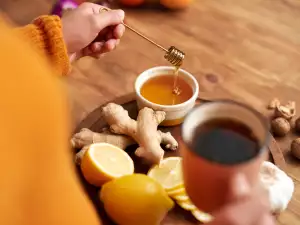
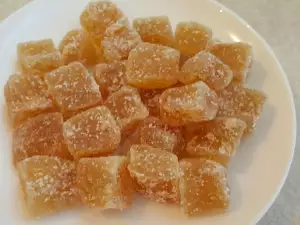
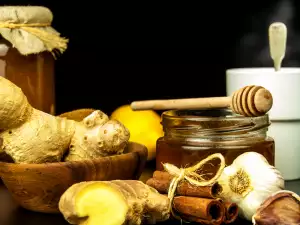




Comments